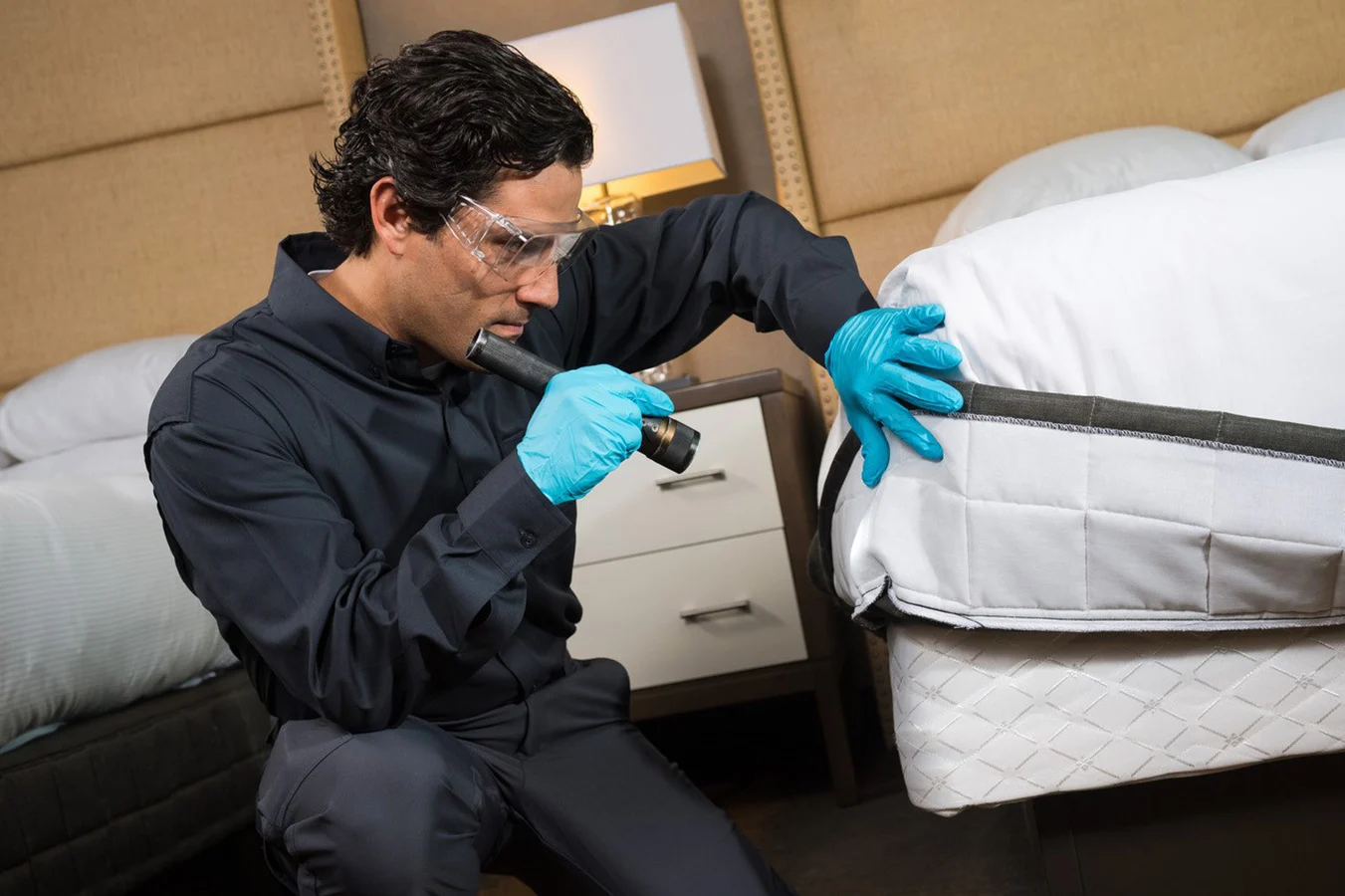How Hotels Can Monitor for Termites: Essential Insights and Strategies
Share
Termites pose a significant threat to the hospitality industry, and understanding how hotels can monitor for termites is crucial for maintaining both the structural integrity of the building and the comfort of guests. These silent destroyers can cause extensive damage before any signs are visible, hence the need for proactive monitoring and management.
The hospitality industry is continuously evolving, and with it, the challenges of maintaining a pest-free environment. Termites, in particular, are a persistent threat due to their ability to remain undetected while causing significant damage. Given this, hotels must employ effective strategies to monitor and manage termite populations.

Why Monitoring for Termites is Critical in Hotels
Hotels are complex structures with numerous entry points and hiding spots for pests. Termites can enter through wooden structures, cracks in the foundation, or even via luggage and other transported goods. Once inside, they can wreak havoc on furniture, wooden fixtures, and even the building's foundation. This not only leads to costly repairs but can also tarnish the hotel's reputation.
The financial implications of a termite infestation are significant. Besides the cost of repairs, hotels may face legal liabilities if a guest's safety is compromised due to structural damage. Therefore, understanding how hotels can monitor for termites is not just about maintenance but is integral to risk management and guest satisfaction.
Effective Methods for Monitoring Termites
Regular Inspections
Implementing a schedule for regular inspections is a fundamental step in detecting termite activity early. Professional pest control services can conduct thorough assessments and identify vulnerabilities that might be overlooked by untrained eyes. These inspections should be part of a comprehensive pest management plan that is regularly updated.
Use of Technology
Incorporating technology into pest management can greatly enhance a hotel's ability to monitor for termites. For instance, Internet of Things (IoT) devices can provide real-time alerts on pest activity, allowing for immediate action. Learn more about how hotels can use IoT for pest monitoring to stay ahead.
Baiting Systems
Baiting systems are a popular and effective method for monitoring termites. These systems use strategically placed bait stations that attract termites, allowing pest control professionals to assess the severity of an infestation and implement appropriate control measures.
Integrating Pest Management Strategies
Adopting an Integrated Pest Management (IPM) approach is essential for hotels aiming to maintain a pest-free environment. IPM involves a combination of practices that minimize the use of chemicals and focus on long-term prevention. For a deeper understanding, explore the differences between pest control and IPM.
Incorporating IPM strategies includes educating staff about early signs of termite activity, maintaining cleanliness, and ensuring proper storage of materials that might attract termites. This holistic approach not only controls current infestations but also prevents future ones.
Training and Education
Continuous training for hotel staff is crucial in the fight against termites. Employees should be educated about the signs of termite activity and the importance of reporting any suspicious findings immediately. Regular workshops and training sessions can empower staff to act as the first line of defense against infestations.
Moreover, collaborating with pest control experts can provide valuable insights into the latest monitoring techniques and tools. This collaboration ensures that a hotel's pest management strategies are both current and effective.
The Role of Professional Pest Control Services
Partnering with a reputable pest control service is an investment in a hotel's longevity and reputation. These professionals have access to advanced tools and products designed specifically for termite monitoring and control. They can tailor a pest management plan that suits the unique needs of a hotel, ensuring comprehensive protection.
For more insights into pest management, read about why hotels need real-time pest alerts to maintain a safe and comfortable environment for guests.
Conclusion
Understanding how hotels can monitor for termites is essential to maintaining a safe, comfortable, and reputation-friendly environment. By employing a combination of regular inspections, advanced technology, and integrated pest management strategies, hotels can effectively manage termite threats.
With proactive measures and expert partnerships, the hospitality industry can protect its assets and ensure guest satisfaction. Continuous education and adaptation to new technologies will further enhance these efforts, making it possible to stay ahead of potential termite threats.

Frequently Asked Questions (FAQ)
What are the early signs of termite infestation in hotels?
Early signs include mud tubes on walls, hollow-sounding wood, discarded wings, and visible damage to wooden structures. Regular inspections can help identify these signs promptly.
How often should hotels conduct termite inspections?
It's recommended to have professional inspections at least once a year, but twice a year is ideal for high-risk areas. Regular staff checks should also be conducted to catch early signs of infestation.
Are there eco-friendly options for termite control?
Yes, Integrated Pest Management (IPM) focuses on eco-friendly solutions such as baiting systems and non-chemical methods. These strategies aim to minimize environmental impact while effectively managing pest populations.
